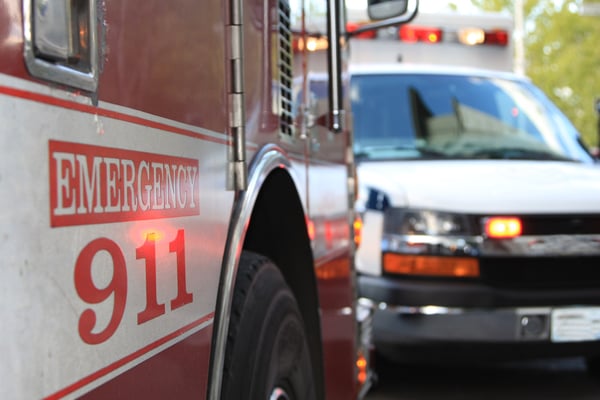
Airway suctioning is a routine part of a first responder’s job. From preventing aspiration pneumonia to clearing the airway of a drowning victim, the right suction machine is an integral part of your EMS toolkit. Yet many paramedics, EMTs, and other first responders avoid suctioning the airway unless they absolutely have to.
The risk of suction-related mistakes is high. Iatrogenic airway injuries are common, especially when caring for pediatric patients, the elderly, and intubated patients. Your ability to save lives depends on a comprehensive awareness of each type of suctioning machine. In a mass casualty event such as a natural disaster, you might need to use another agency’s equipment. Now is the time to learn, practice, and build your skills. Here are four types of suction machines you need to know.
Manual Suction Devices
A manual suction device is any device that creates suction without the use of a battery or electricity. Many hospitals and emergency management agencies have moved away from them because the suction they create is often unpredictable and inconsistent.
These devices generally work by squeezing a pump to create a vacuum. They’re often attached to large canisters. For some of these devices, the strength of the suction is heavily dependent on the speed at which you squeeze the pump. Smaller devices, such as the bulbs used to clear the nostrils and mouths of newborns, are also considered manual suction devices.
Wall-Mounted Suction Devices
Wall-mounted suction devices are traditionally used in hospital settings, dental offices, and other places where patients are unlikely to need transport. Many hospitals position a wall-mounted suction unit in every patient room. Almost all ambulances have onboard suction built into the wall. Adjusting the settings, changing the tubing, and other strategies can reduce or increase suction power.
Portable Suction Devices
The most diverse option is a portable suction device because it can be used in hospitals, emergency settings, and tactical medical scenarios. They are small enough to be easily carried and rely on batteries to sustain their power. Diligent maintenance, including having enough extra batteries on hand, is key to successfully using portable suction machines.
Makeshift Suction Devices
Long before companies designed suction machines, providers still had to protect their patients’ airways. Many turned to makeshift suction devices—especially when tending to patients in remote and high-chaos locations, such as on the battlefield.
We hope you never have to use a makeshift suction device, but in an emergency, especially a mass casualty incident, you might need to use whatever you have on hand. Turkey basters and any other device that can be safely inserted into the airway to produce a reasonable amount of suction can work. The key is to use common sense, protect the airway as you would with any other device, and carefully monitor the patient for signs of distress.
The right set of suction devices will help ensure patient safety in every setting. So which devices do you need? We can help you decide. To choose the right suction machine for your agency, download our free guide, The Ultimate Guide to Purchasing a Portable Emergency Suction Device.
Editor's Note: This blog was originally published in April 2021. It has been re-published with additional up to date content.
















